I have been drinking the teas sent to me by the NPO Agriculture Support Team in Saitama and I noticed that they’ve started producing teas made with the yabukita cultivar, which I didn’t see when I bought the teas from them last year! The yabukita cultivar is actually the most common tea cultivar in Japan, so I thought it would be interesting to do a post introducing it.
What is the Yabukita Tea Cultivar?
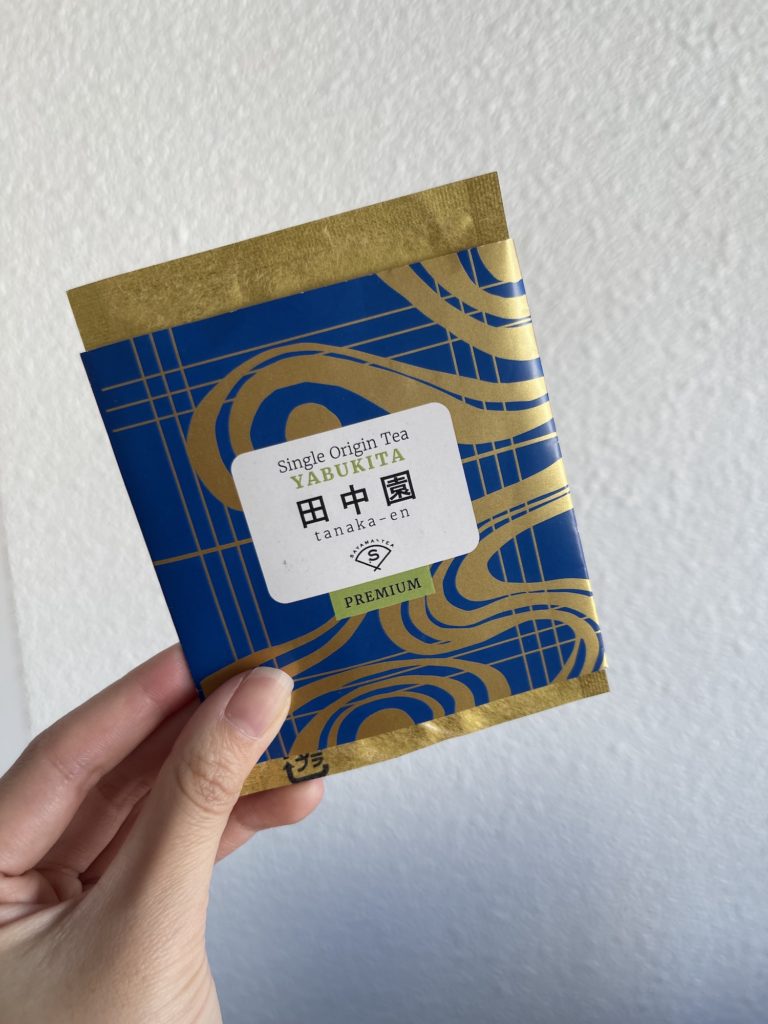
History & Current Situation
The Yabukita cultivar is currently the most cultivated tea cultivar in Japan and was created by Sugiyama Hikosaburo (杉山彦三郎) in 1908. Sugiyama was from a family of doctors, but because he didn’t want to study medicine, he opted to be a farmer instead. As he was picking tea, he noticed that tea plants had slight differences from one another, such as when they could be harvested, how they tasted, how they smelled, etc. This led to a desire to improve the quality of the tea leaves and the Yabukita was one of the cultivars that he created from these experiments. Because Sugiyama cleared bamboo bushes (takeyabu) to plant a tea garden, and this cultivar was from the north (kita) of the garden, it was given the name “yabukita”.
Since you don’t need to replant the tea trees very frequently, it took some time for Yabukita to spread. However, when it caught on in the late 1970s, it really caught on and reached its peak in 1998 (Heisei 10) where 93.9% of all tea grown in Japan were Yabukita! Currently, 88% of all tea grown is Yabukita [1].
Characteristics & Problems
As a cultivar, Yabukita is considered a high-yield, high-quality cultivar. It can adapt to the soil it’s in (広域適応性) and thus is considered easy to grow. However, it’s weak against certain diseases, such as anthracnose (炭そ病) and net blister blight (網もち病)[2], and the young tea trees cannot handle the cold weather well. Additionally, the quality and quantity of the second flush leaves are not that good [3].
In terms of harvesting, Yabukita is considered either a mid-harvest [4] or early mid-harvest [3] varietal. This mid-harvest timing refers to the relative speed at which tea can be harvested – early harvest varietals mature faster while late harvest varietals have to be picked later [5].
What does tea made from Yabukita taste like?
Yabukita Sencha
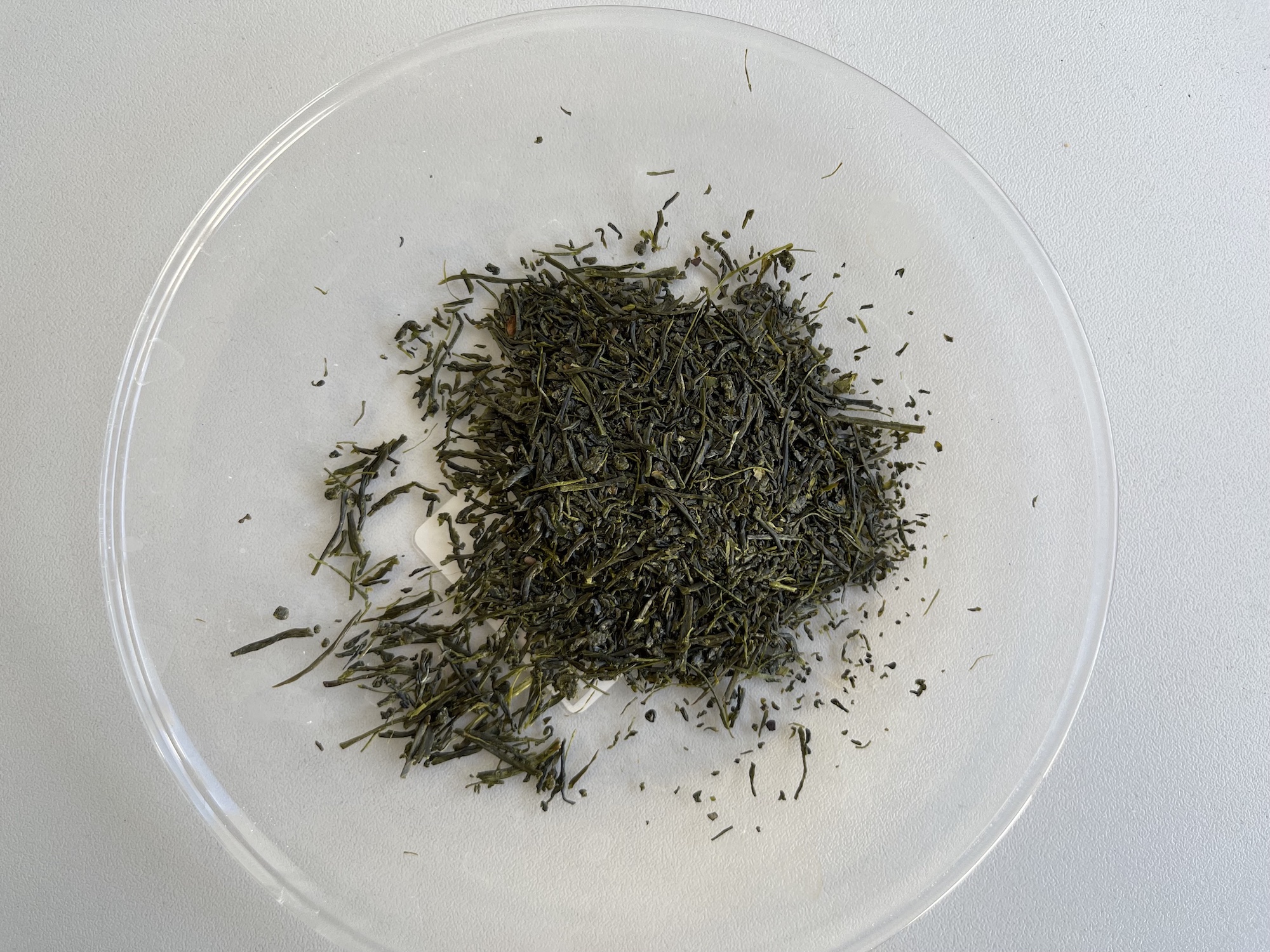
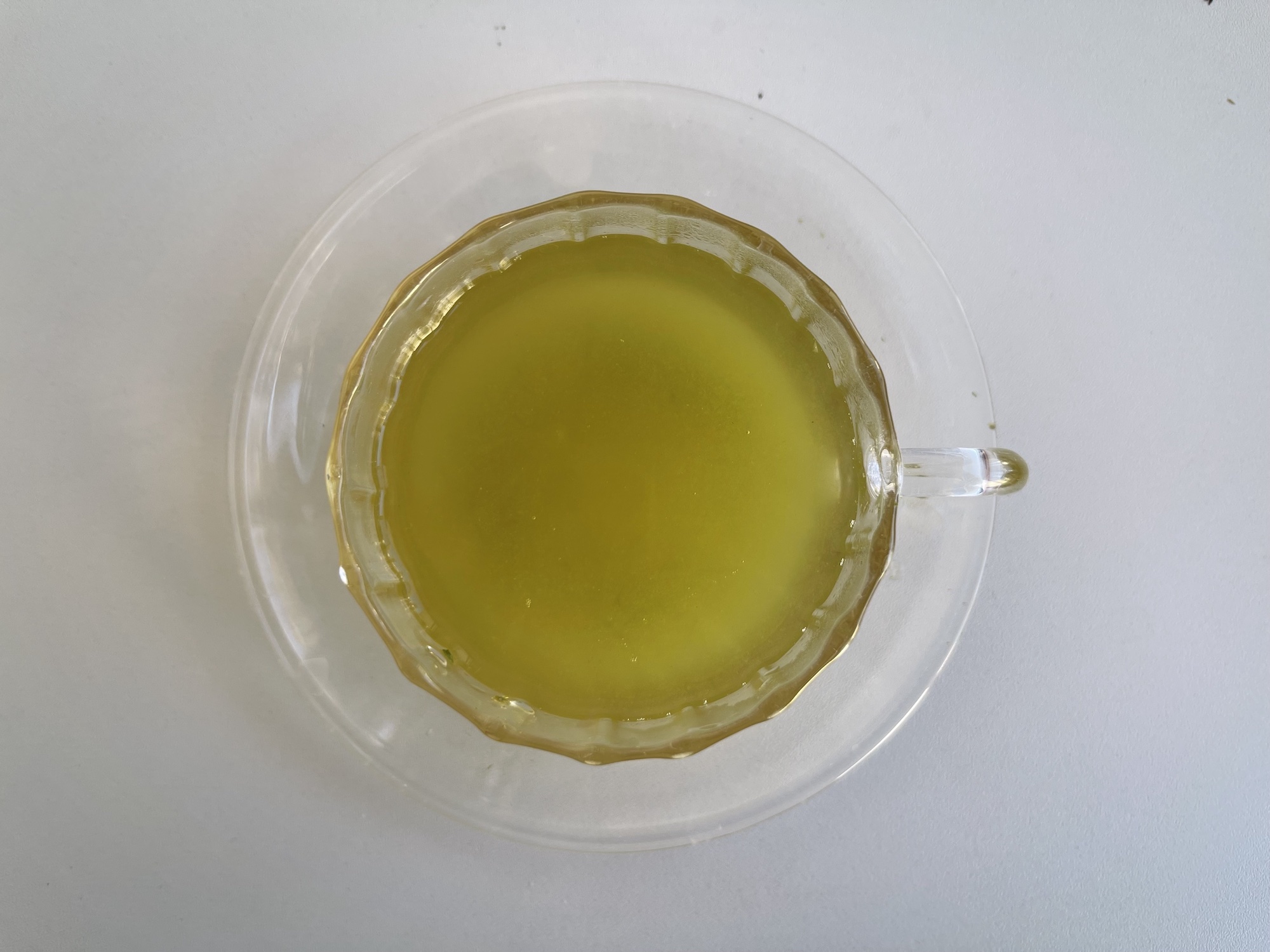
The last time I had Yabukita sencha, the tea had been aged for for about 4 years. That tea was sweet and vegetal but without an umami note. For this Yabukita, I got an intense green tea liquour with fresh, vegetal, and umami notes. There’s a bit of bitterness if the water if too hot or the steep is too long, but overall it reminds me of the senchas that I can easily find in Japan.
The bitter note was a bit stronger in the second and third steep, especially since I used slightly hotter water in the third steep to try and draw all the flavours out of the tea leaves. But there was still the sweet and vegetal notes that I associate with sencha.
Yabukita Black Tea
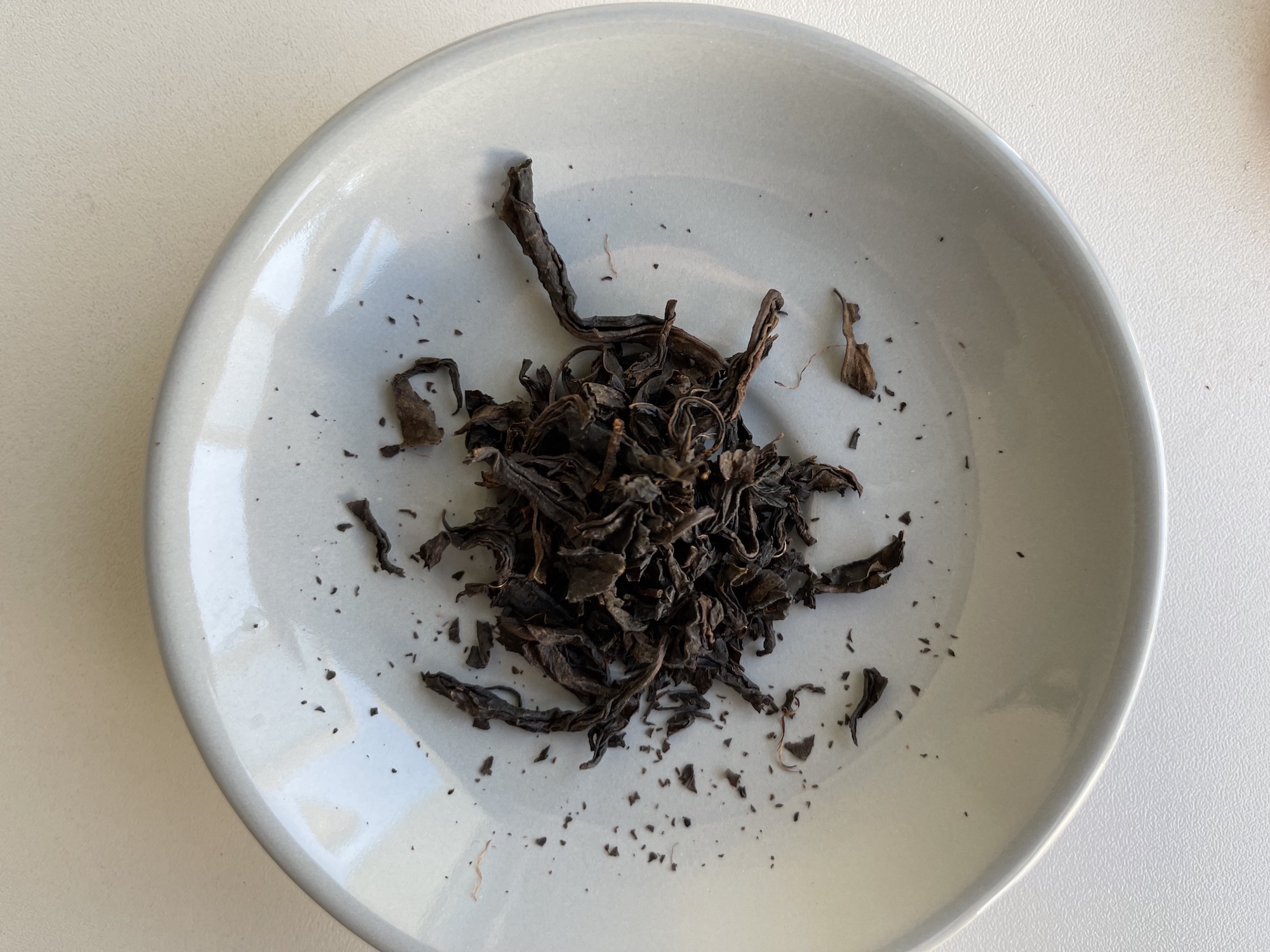
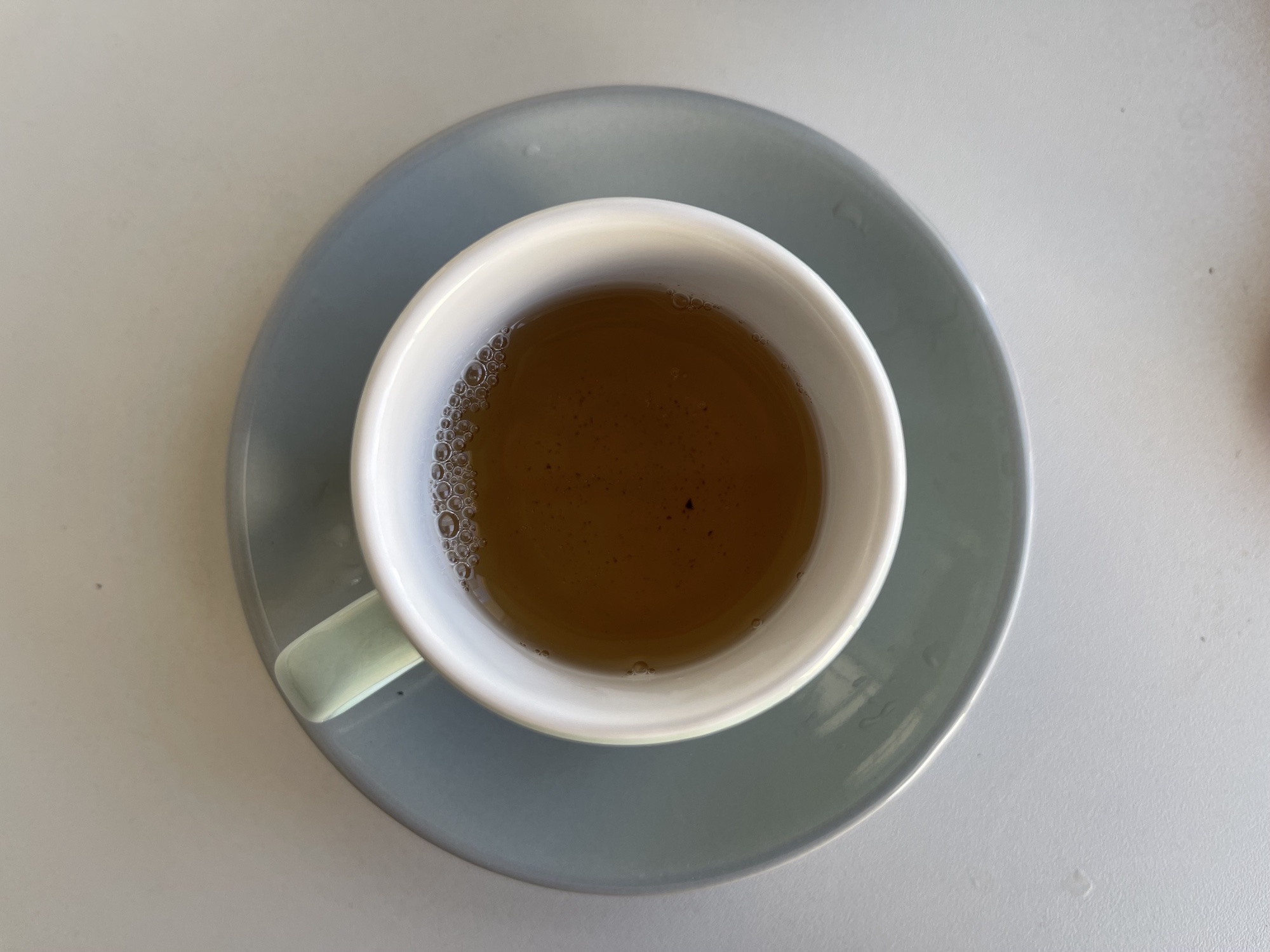
I mentioned that the sencha was, among other things, sweet. Well, this sweetness was ramped up in the black tea! The minute I poured freshly boiled water onto the leaves, I was hit with a very intense sweet and rich scent. The tea liquor didn’t taste as sweet as it smelled (and to be honest, that would have been impossible because the intensity of the fragrance was really high) but it was nice and malty. I can quite honestly say that I was surprised by how much I liked this tea.
As with the sencha, I got about three steeps out of the leaves.
To conclude
I started this post thinking that I already knew the Yabukita cultivar because it’s so common, but there were still a few surprises! The “weak points” of the cultivar made me realise why some of the farmers that I’ve been talking to are warning against monocultural crops – it would be devastating if something wiped out all the tea plants because they all hade the same weakness!
The taste of the yabukita black tea was another surprise, especially how sweet and malty it was! It’s definitely something that I will want to buy again in the future.
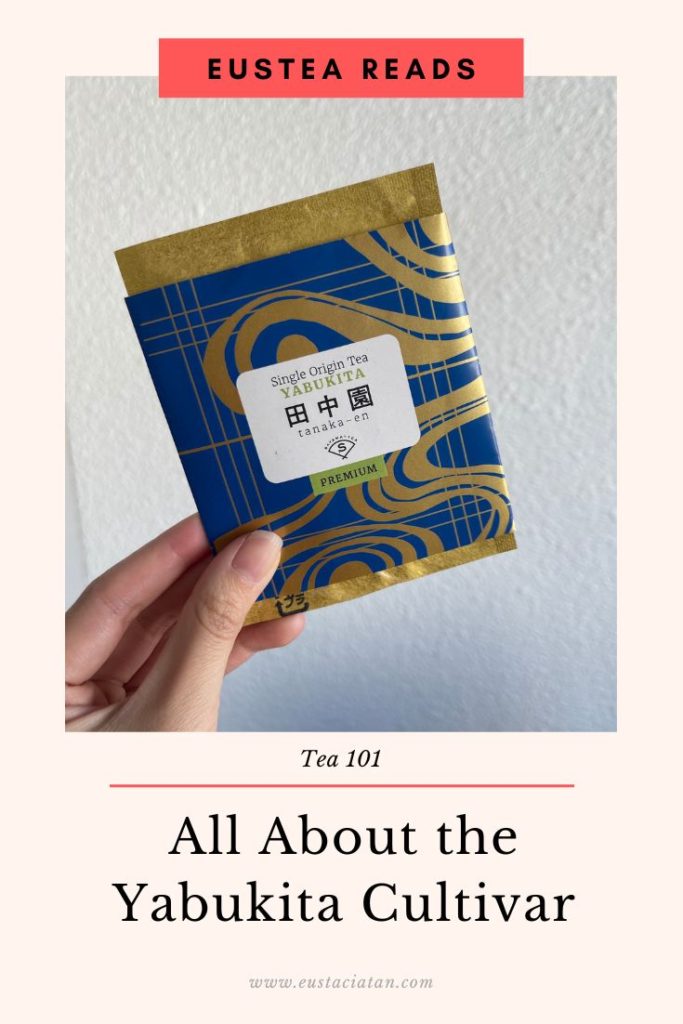
Notes
[1] Everything in this history section is from the Shizuokaen website.
[2] If you’re curious, I found this webpage to be useful for translating the types of tea tree diseases.
[3] From 我が国の主要茶産県における品種の普及状況と問題点 (link to the PDF)
[4] Based on 普通作物栽培基準 by 茨城県農業総合センター (link to the PDF)
[5] I wanted to do a quick overview of how these harvest periods are decided but I’ve not found anything – topic for a future post, maybe? (I really need to go back and check my textbooks to see if there’s anything about that there)
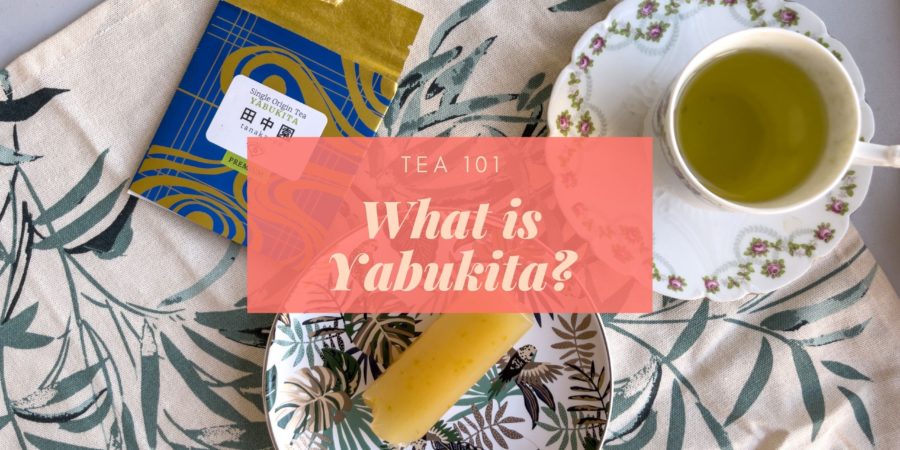
Talking about the monocultural plant growing is so interesting and I love that you’re always learning more about tea!
Honestly, I don’t think I can ever stop learning about tea! There’s so much to learn!